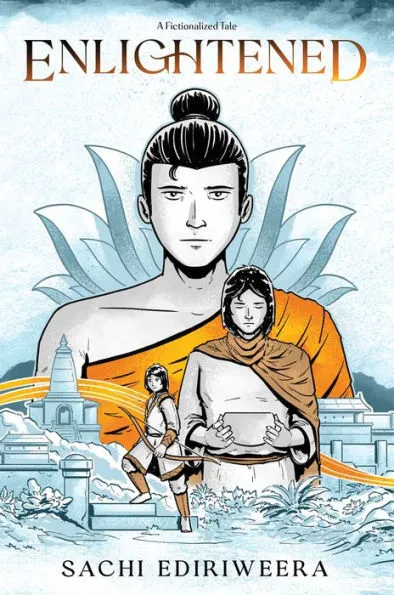
Storytelling has been a cornerstone in religions around the world—including in Buddhism, where many of the Buddha’s teachings are associated with anecdotes about his life. Jataka tales, which originated in India, describe stories of the Buddha’s early lives (in human and animal form) and are often used to teach children about love, kindness and goodwill. In them, we encounter interesting characters like—King Bimbisara, who compassionately guides Prince Siddhartha on his journey, and Angulimala, a serial killer who collects thumbs of his victims and becomes a monk after meeting the Buddha. It was listening to these stories at Sunday school that started my interest in Buddhism, as they were so much more intriguing than the poems and verses we were supposed to memorize.

With half a billion followers globally, the Buddha’s teachings are an integral part of human history. Thousands of books and academic papers about his life and the knowledge he shared adorn library shelves. As a Buddhist the task of adapting such a well-known life felt daunting—but as an author, I felt empowered because I understood the captivating power of stories.
SCROLL TO KEEP READING THIS POST
ADVERTISEMENT
ADVERTISEMENT
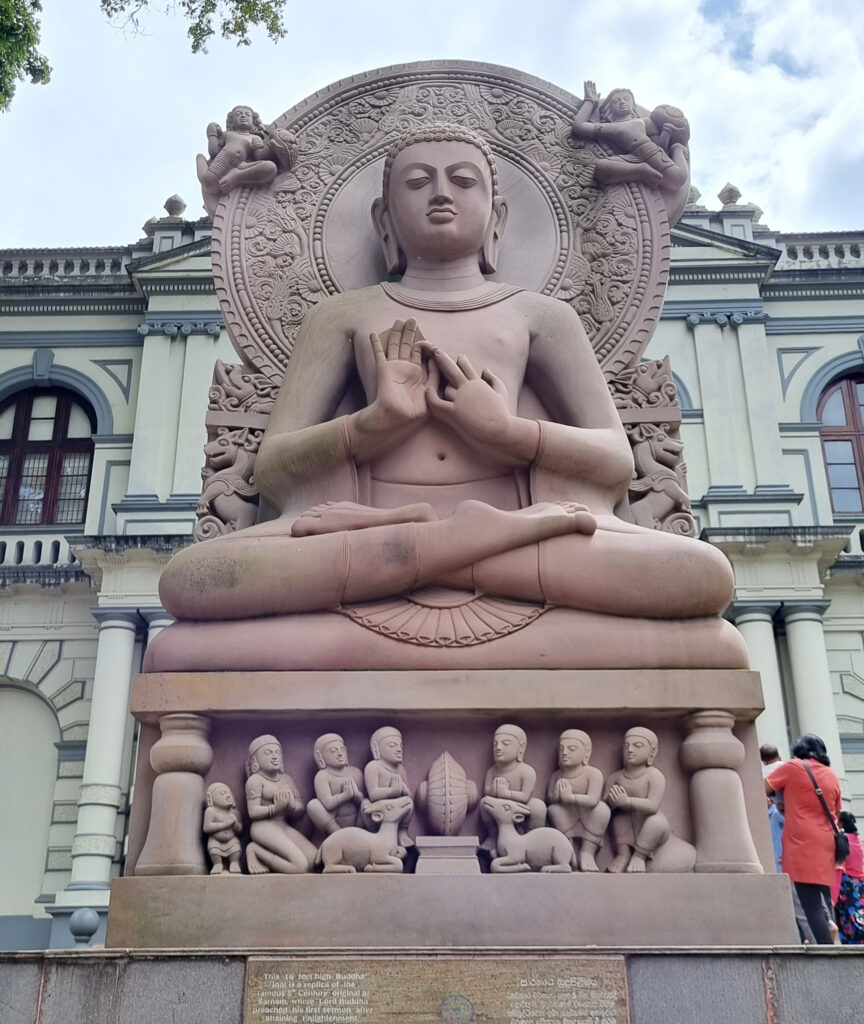
The first written words about the Buddha appear approximately 400 years after his death. Prior to that, his teachings were passed down through the oral traditions of Buddhist councils, which were often patronized by royals and wealthy members of society. Of course, jataka stories were part of these Buddhist councils too, but after so many centuries, the line between fact and fable can grow thin.
For instance, the written texts mention that, the moment he was born, Prince Siddhartha took seven steps on the ground, lotus flowers blossoming with each step. Obviously this was an anecdote added in later, unless there are newborns who can walk or a variety of lotus that can appear out of thin air, but these stories played a part in spreading the Buddha’s teachings—and continue to do so, as they continue to be reinterpreted, reanalyzed and retranslated from the Pali language scriptures they were written in and the regional dialects they were adapted from. It would be impossible to verify the authenticity of any of the Buddha’s words, apart from matching them as closely as possible to the oldest available texts.
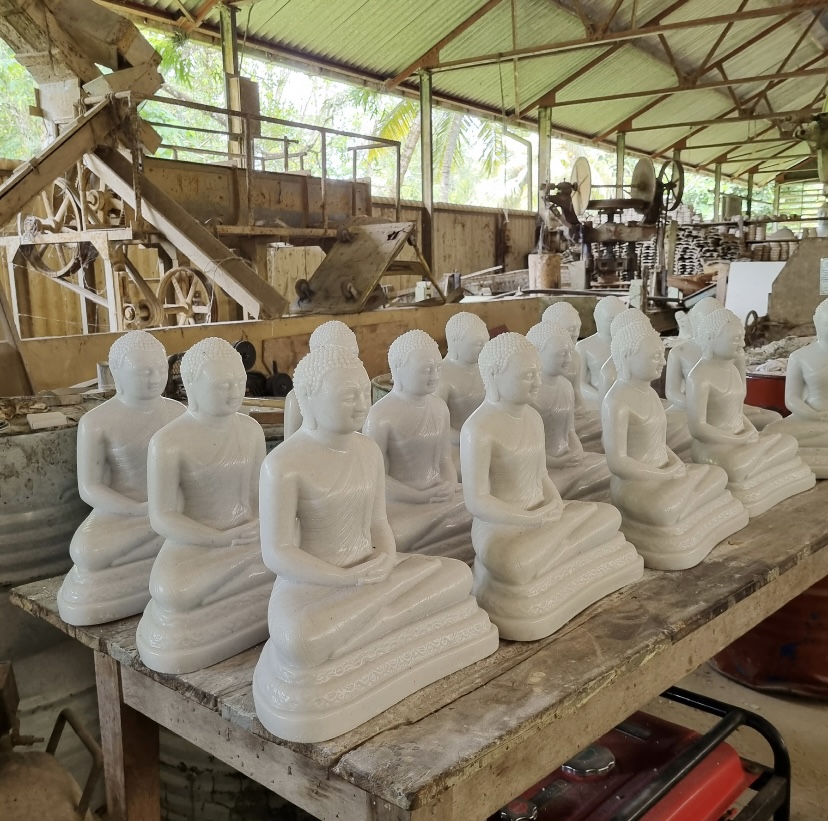
Over thousands of years, thousands of authors have offered their own understandings of the Buddha’s life and teachings. The sources I could draw upon to structure my own story were endless, but choices had to be made. What attracted me most was approaching the book as a character study, so I built upon the story beats that I felt were crucial while taking certain creative narrative liberties that could bridge the gaps between accepted doctrinal truths and the more intimate, grounded emotional arc that might have led to them. I wanted to deeply explore the relationship between Princess Yashodara and Prince Siddhartha, and to understand what the ramifications of Siddhartha’s quest might have been on the people who loved him. Other elements of his real life—such as his second teacher, Uddaka Ramaputta— were cut for the sake of narrative expediency.
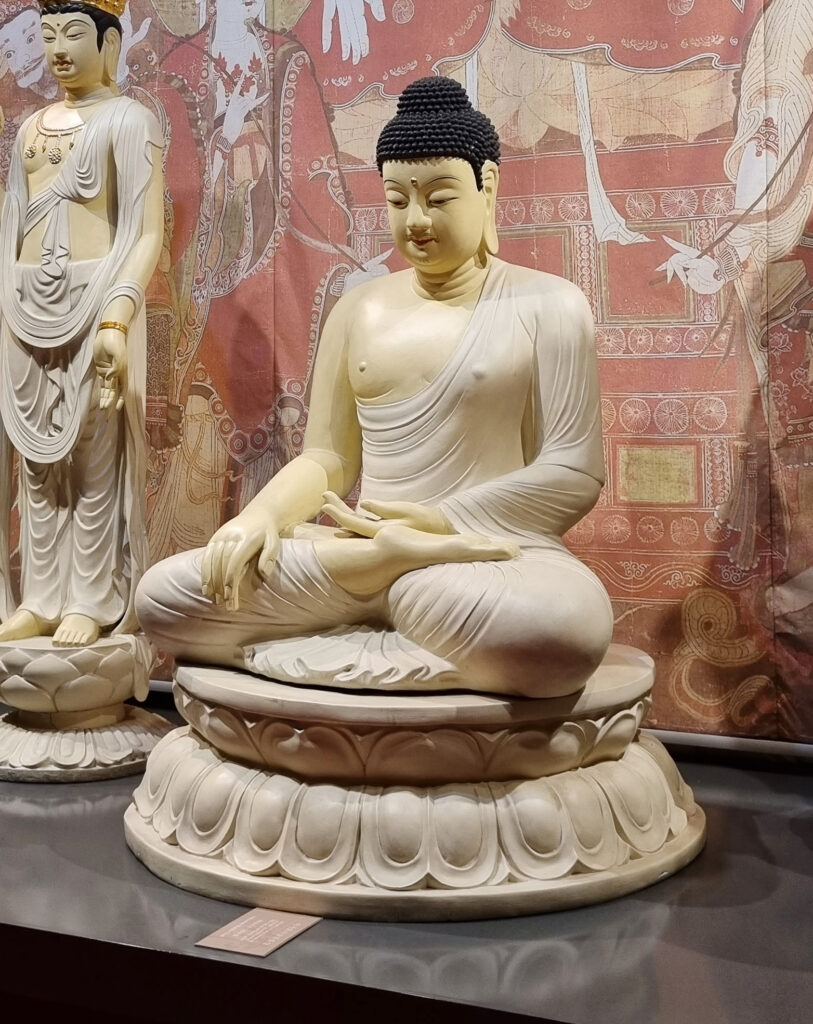
The visual interpretation of the Buddha was also a choice that needed to be made. His presence was at first only depicted using elements associated with his life—bodhi trees, stupas, and so on. A few centuries later, Greek tradition inspired sculptors to humanize the Buddha’s form. But while statues in South Asia tend to depict him as an all-knowing monk, those in Southeast Asia often include a makuta—a crown adorned with gems reserved for kings. Everywhere Buddhism is practiced, there are different local conventions for depicting the Buddha. For my own interpretation, I decided to forgo his elongated earlobes which were a sculpted shorthand that signified his former life as a royal. And instead of depicting his stature as above average, I chose to depict him as a regular man—because it was the human, and not the divine, that drew me to these stories.
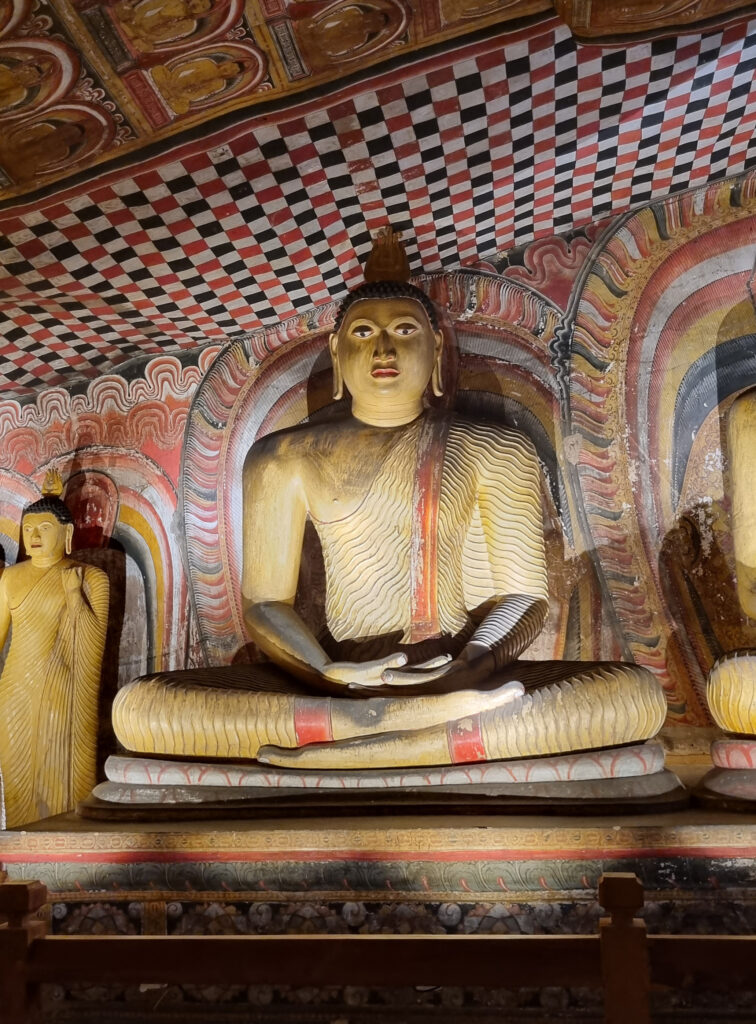
Creating Enlightened was a natural extension of my relationship to Buddhism. It was a way of stripping back the mythos to uncover what I found most interesting about his character. I wanted to understand what might have made a prince abandon a life of luxury. I wanted to examine what it was that garnered the Buddha thousands of loyal followers in his lifetime, and appealed to everyone from paupers to princes.
Like his teachings, the Buddha’s biography continues to adapt itself to befit the times we live in and the audience it’s intended for. Art, media and literature continues to return to this story, with notable examples being a Hollywood production starring Keanu Reeves and Osama Tezuka’s acclaimed manga in Japan. My sincere hope is that my book, Enlightened will be a worthy addition to this dynamic, imaginatively rich lineage which has inspired millions of people around the world.
Meet the author

SCROLL TO KEEP READING THIS POST
ADVERTISEMENT
ADVERTISEMENT
Sachi Ediriweera is an accomplished designer, filmmaker, and comic book artist. He is the writer and artist of the graphic novels Lionborn, which was the first English language graphic novel produced in Sri Lanka, and Enlightened. Apart from his design and illustration work, he has also built a career in filmmaking as a writer, producer, and director of acclaimed short films that have screened in numerous film festivals around the world. When he’s not drawing or writing his third-act plot twist, Sachi enjoys reading art books and comics, eating pizza, and overthinking cosplay ideas for comic cons. He divides his time between Colombo, Sri Lanka, and Dubai.
LINKS
Website – www (dot) route-345 (dot) com
Instagram – @route345
Twitter – @route345art
Purchase link:
https://www.simonandschuster.com/books/Enlightened/Sachi-Ediriweera/9781665903103
About Enlightened
A spirited young prince longing to learn more about the world grows into a man on a quest to find the cause of human suffering in this first-of-its-kind graphic novel retelling of the life of Siddhartha, the founder of Buddhism.
Prince Siddhartha lives in a beautiful palace in the heart of Kapilavastu. His father, the king, ensures that he has the best of everything—he just can’t go outside. He is locked up away from the city, away from anything that might cause him pain. He knows nothing of illness, aging, sorrow, or death, yet Siddhartha feels the pain regardless, and it instills a burning curiosity to understand the world outside—and the nature of human suffering.
Based on the life of the real man who was known first as a prince, then as a monk, and now as the Gautama Buddha, Enlightened is about one boy’s quest to learn the truth that underpins our endless struggle against suffering—and in understanding, break the cyclic existence that perpetuates it.
ISBN-13: 9781665903103
Publisher: Atheneum Books for Young Readers
Publication date: 09/26/2023
Age Range: 12 – 18 Years
Filed under: Guest Post


